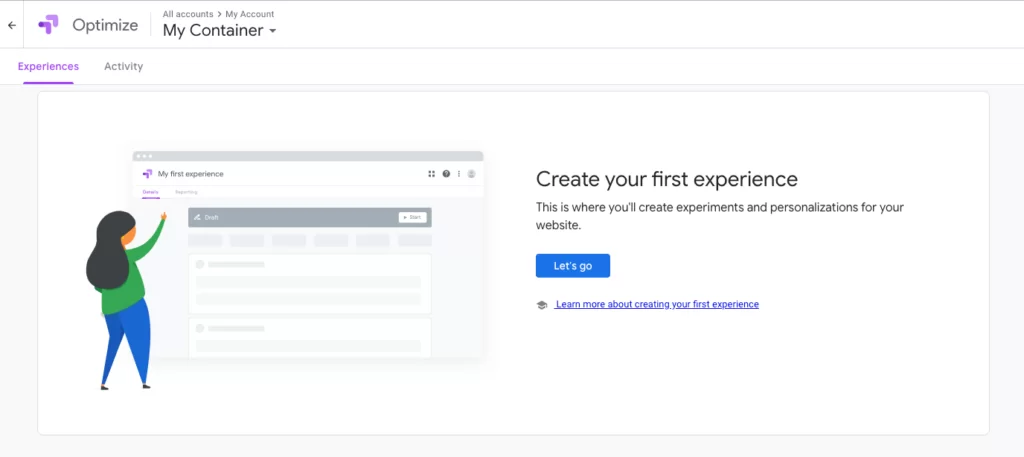This website uses cookies to improve your experience while you navigate through the website. Out of these cookies, the cookies that are categorized as necessary are stored on your browser as they are essential for the working of basic functionalities of the website. We also use third-party cookies that help us analyze and understand how you use this website. These cookies will be stored in your browser only with your consent. You also have the option to opt-out of these cookies. But opting out of some of these cookies may have an effect on your browsing experience.
Always Enabled
We use necessary cookies to ensure our website works properly and provide essential functionalities and security features. These cookies do not collect any personal information and are always enabled. By continuing to use our website, you agree to our use of these cookies.
V:1 - 2024-09-13 07:45:43am
To enhance user experience, we use performance and analytical cookies to understand and analyze the key performance indexes of our website. Performance cookies help us deliver better user experiences by tracking metrics such as load times and response times. Analytical cookies help us understand how visitors interact with our website by providing information on metrics like the number of visitors, bounce rate, traffic source, and more.
V:1 - 2024-09-13 07:45:43am

While SEO and PPC remain the key cogs that spin the wheel of brand awareness for organisations across the web, what happens when your business website achieves visibility in Google’s search index, and has subsequent visits but few conversions?
For years, designers and digital marketers have been left scratching their heads and perhaps wondering which way to turn in their bid to increase website conversions; often making decisions based on assumptions and opinion rather than fact.
Back in 2015, conversion rate optimisation (CRO) became the #buzzword of the digital industry. Now, many working within the digital industry are starting to understand the true value of CRO not just as a concept, but as a practice. The typical 3-step process is as follows:
Without following these steps, those holding senior positions such as directors, experienced designers or senior digital marketers risk taking it upon themselves to make rash website changes based on their seniority, experience and opinion. Whilst experience is invaluable to every organisation, CRO helps to develop informed “insight”. Experience coupled with insight can prove to be an effective mix, which can lead towards positive outcomes if a more measured approach is taken.

An example of a heatmap using our ADAO homepage. The most activity (clicks) shows up in the red-yellow colours, while fewer clicks appear as a green-blue colour. Clever.

Key attributes to look for in a CRO agency:
Client-side web developers need to be alerted in advance of any CRO campaign running, and should be prepared to make website changes in good time to help prevent bottlenecks in the testing stages.
Look for an agency willing to listen to concerns around why your website isn’t converting, and one which is prepared to be proactive in walking you and your colleagues through findings.
Finally, full transparency is key from both parties, as this will help to support an effective working relationship and should lead to effective outcomes with a welcome boost in website conversions. Bingo.
Want to find out more about ADAO’s services for CRO and more? Contact us!